In 2025, A4 thermal paper in Bangladesh has become a crucial item for businesses relying on thermal printers. Prices...
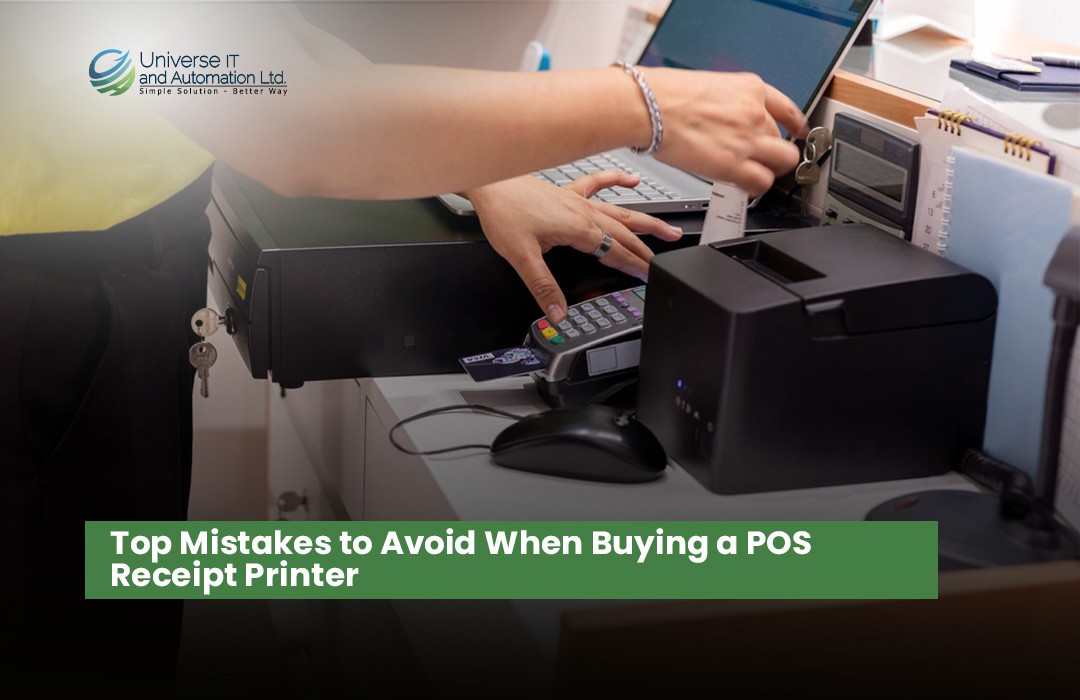
Top Mistakes to Avoid When Buying a POS Receipt Printer
If you run a retail store, restaurant, or any business that requires quick and reliable billing, a POS receipt printer is essential. However, buying the right POS receipt printer isn’t as simple as picking the cheapest model or the one with the flashiest features. Choosing the wrong printer can lead to downtime, poor print quality, and increased costs.
In this guide, we’ll walk you through the top mistakes to avoid when buying a POS receipt printer so you can make an informed decision and keep your business running smoothly.
1. Ignoring Compatibility with Your POS System
One of the biggest mistakes buyers make is overlooking whether the printer is compatible with their POS software and hardware. Not all receipt printers work seamlessly with every POS system.
Why it matters:
If the printer isn’t compatible, you’ll face connectivity issues or limited functionality, leading to frustrating downtime and wasted money.
How to avoid:
-
Check the printer manufacturer’s website for a compatibility list.
-
Confirm with your POS provider which printers they support.
-
Opt for printers that support common interfaces like USB, Ethernet, Bluetooth, or Wi-Fi based on your setup.
2. Overlooking Print Speed and Quality
Speed and print quality directly impact customer experience. Slow printing causes long queues, and unclear receipts can confuse customers or cause disputes.
Why it matters:
Poor print quality reflects badly on your business and may cause errors in transactions.
How to avoid:
-
Look for printers with a high print speed (measured in mm/second).
-
Choose thermal printers for crisp, clear receipts without ink or toner hassles.
-
Read user reviews about print clarity and reliability.
3. Not Considering Paper Type and Size
Receipt printers use different paper types and sizes, which can affect cost and convenience.
Why it matters:
Using non-standard paper sizes can lead to higher expenses and supply chain issues.
How to avoid:
-
Confirm the paper roll size (width and diameter) the printer supports.
-
Stick with widely available thermal paper to reduce costs.
-
Consider eco-friendly or coated paper options if sustainability matters to your business.
4. Neglecting Connectivity Options
Modern businesses often require flexible connectivity — wired or wireless.
Why it matters:
Limited connectivity can restrict where you place your POS terminal or cause connection drops.
How to avoid:
-
Choose printers with multiple connection options such as USB, Ethernet, Wi-Fi, or Bluetooth.
-
Wireless connectivity is ideal for mobile or flexible setups but ensure network stability.
5. Forgetting to Check Durability and Warranty
Your POS printer will be used heavily in a fast-paced environment, so durability is key.
Why it matters:
Cheap, fragile printers might break easily, causing frequent replacements and downtime.
How to avoid:
-
Look for printers with a sturdy build and good reviews on durability.
-
Check for warranty terms and customer support options.
-
Consider buying from reputable brands with proven track records.
6. Skipping Total Cost of Ownership Analysis
The initial purchase price is only part of the cost. You need to factor in maintenance, paper costs, replacement parts, and power consumption.
Why it matters:
A low upfront cost printer may cost more over time due to expensive supplies or repairs.
How to avoid:
-
Research the cost of consumables like thermal paper rolls and replacement parts.
-
Look for energy-efficient models to reduce electricity bills.
-
Ask about service and maintenance plans.
7. Ignoring Future Scalability
Your business may grow or change, and your POS needs might evolve.
Why it matters:
Buying a printer that cannot scale or adapt can limit your operational flexibility.
How to avoid:
-
Consider printers that support multiple connection types and protocols.
-
Choose models with firmware updates and upgrade options.
-
Ensure your POS software can handle additional devices if needed.
Final Thoughts
Choosing the right POS receipt printer is crucial for smooth business operations and a positive customer experience. By avoiding these common mistakes — checking compatibility, prioritizing speed and quality, considering connectivity and durability, and analyzing total costs — you’ll make a smart investment that supports your business goals.

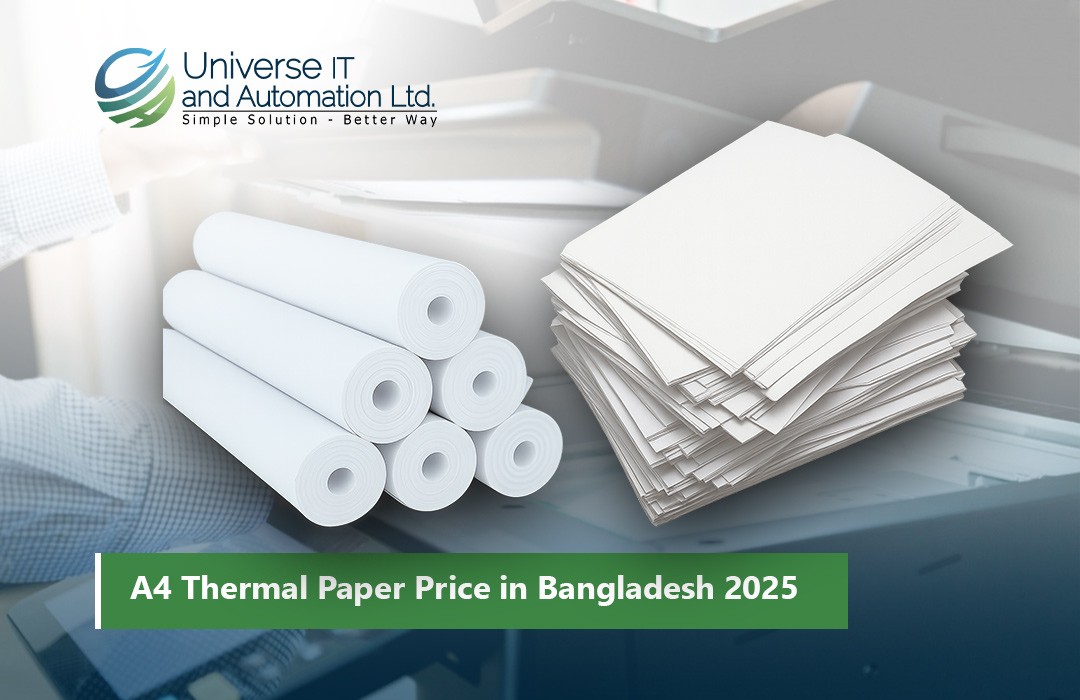
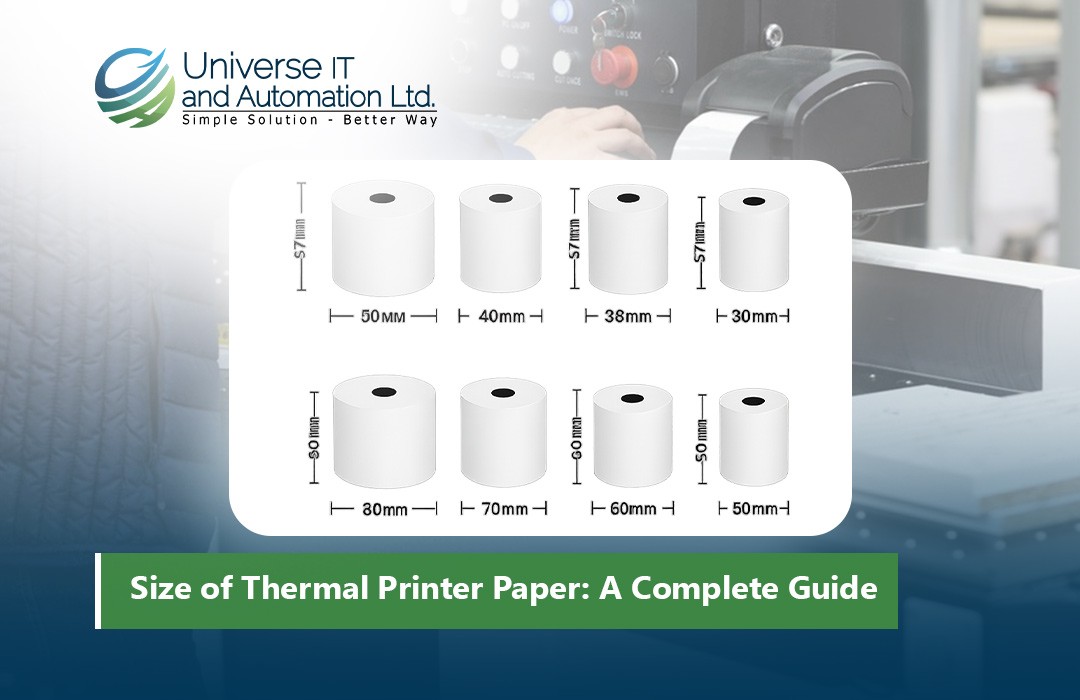
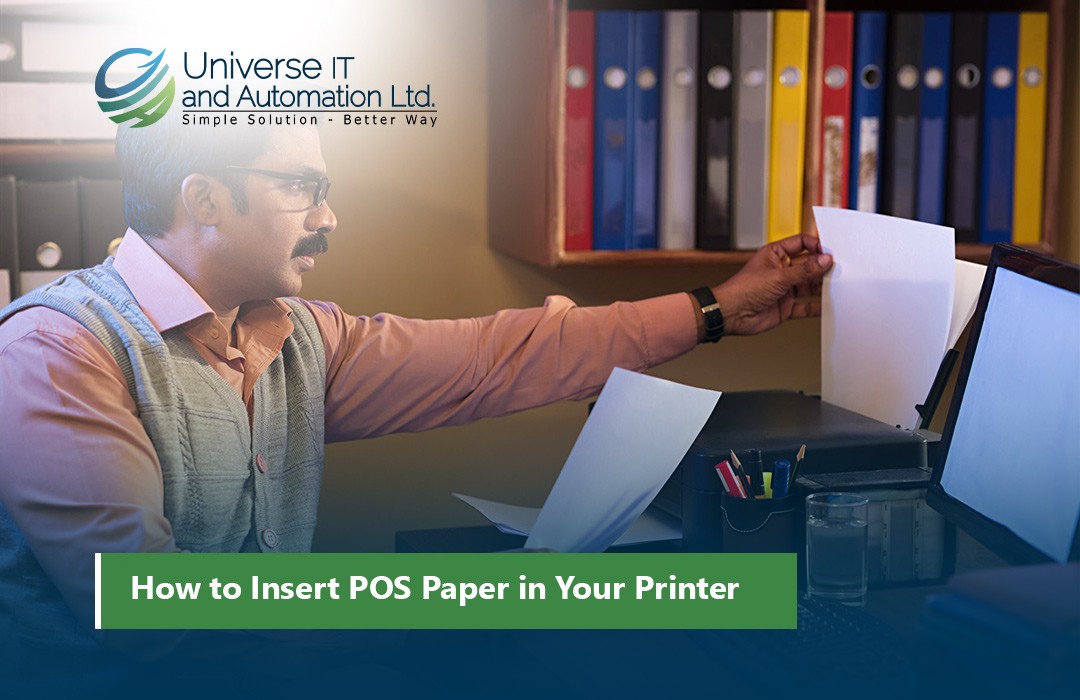
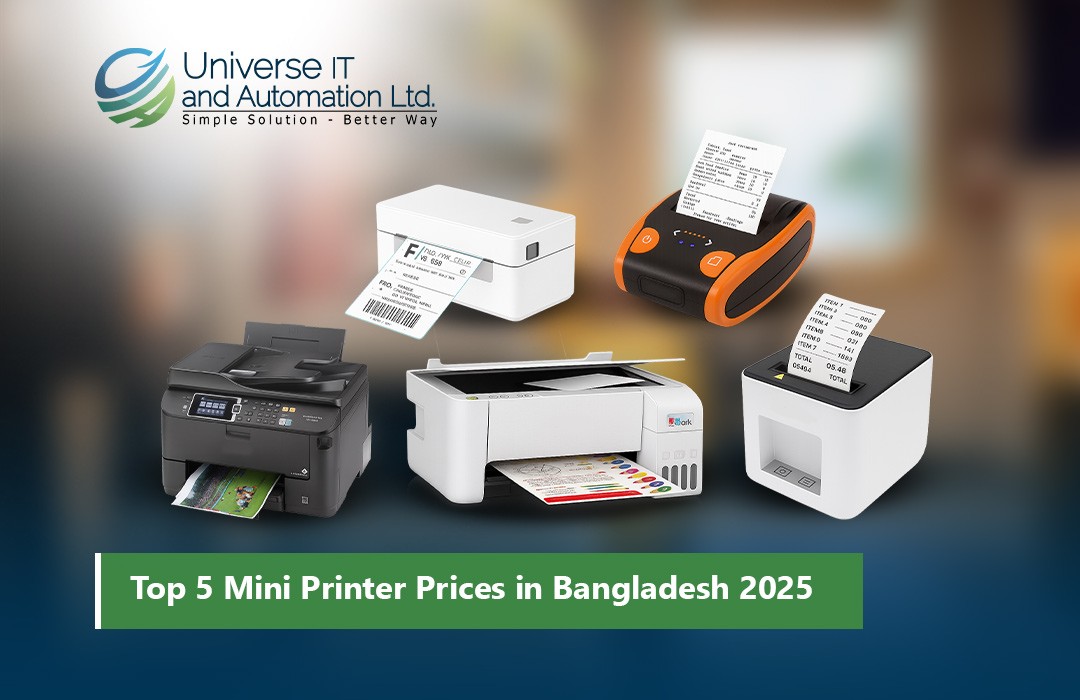
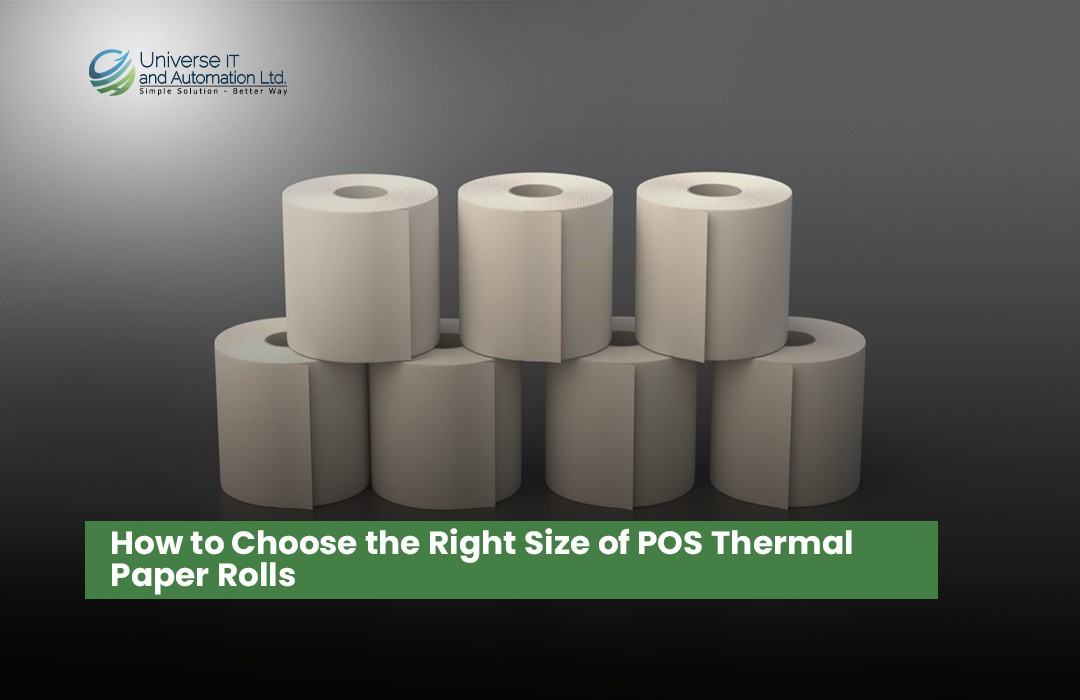
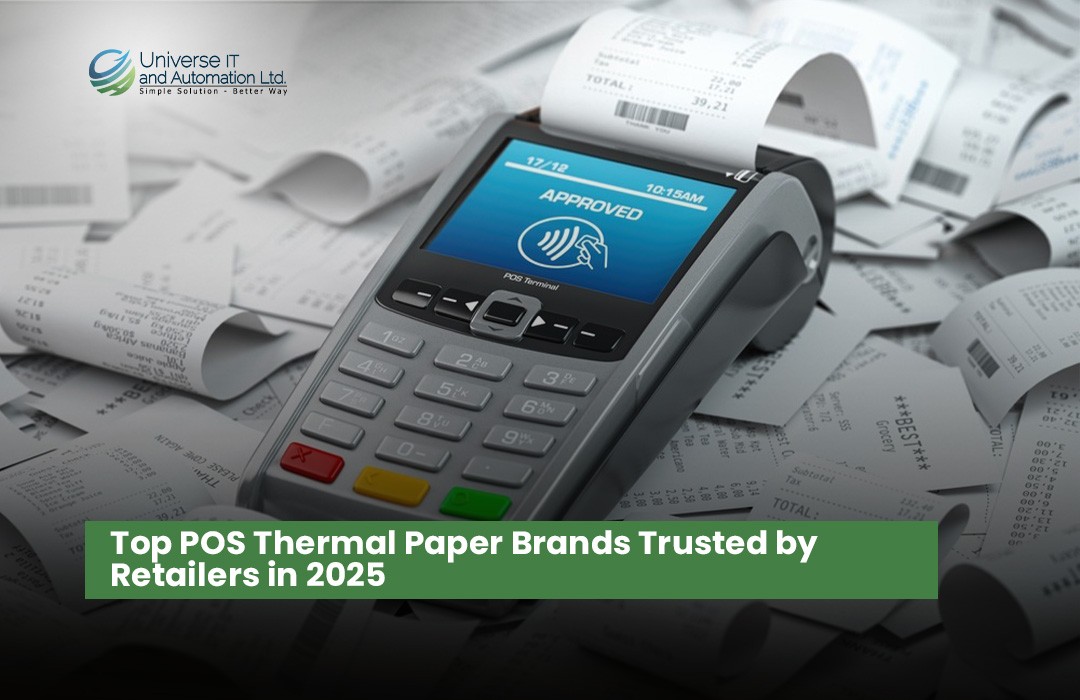
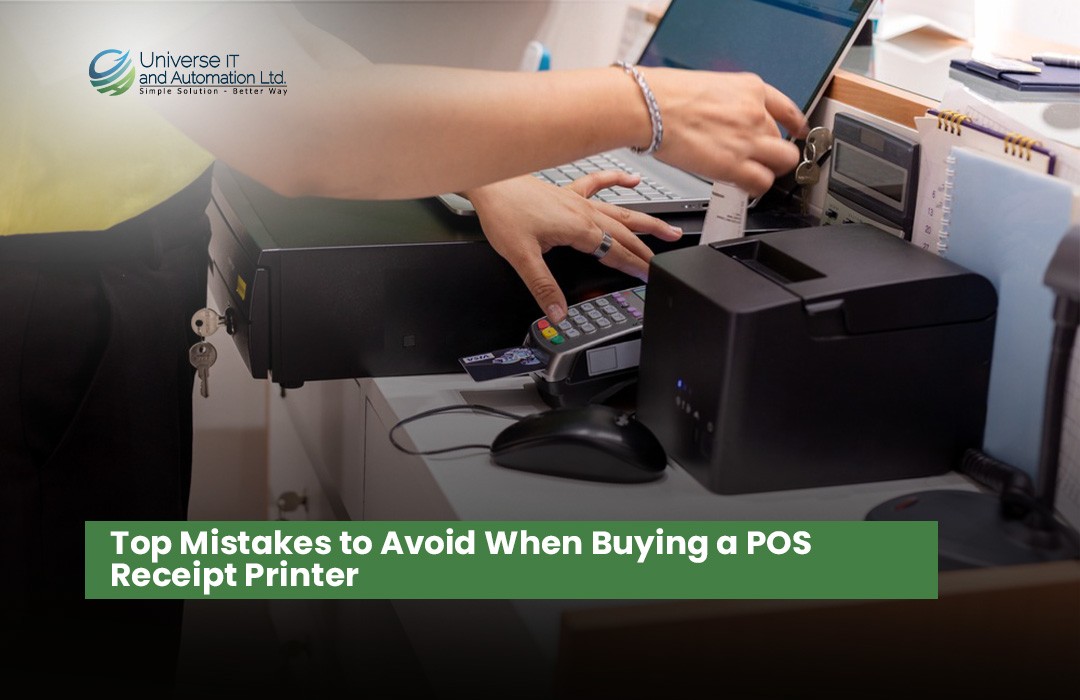
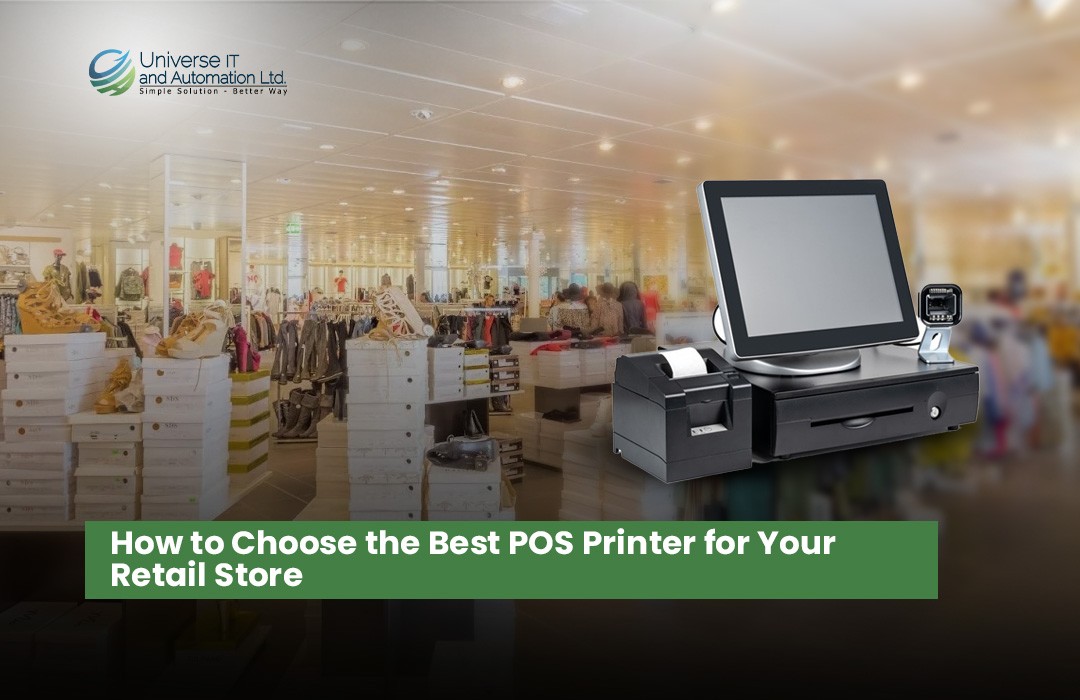
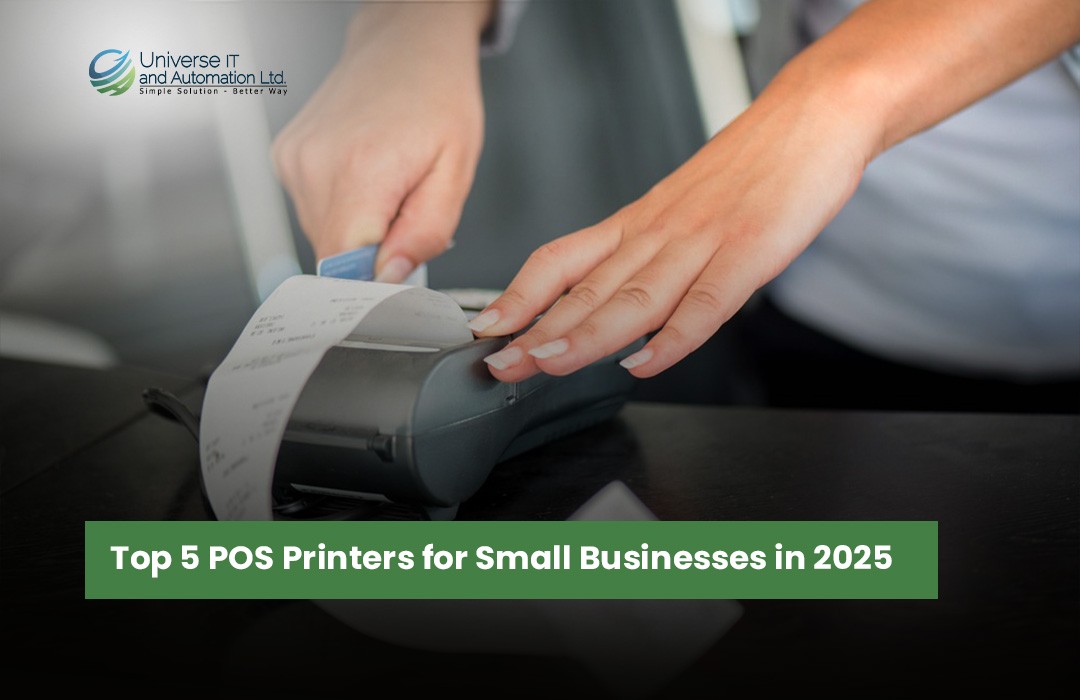

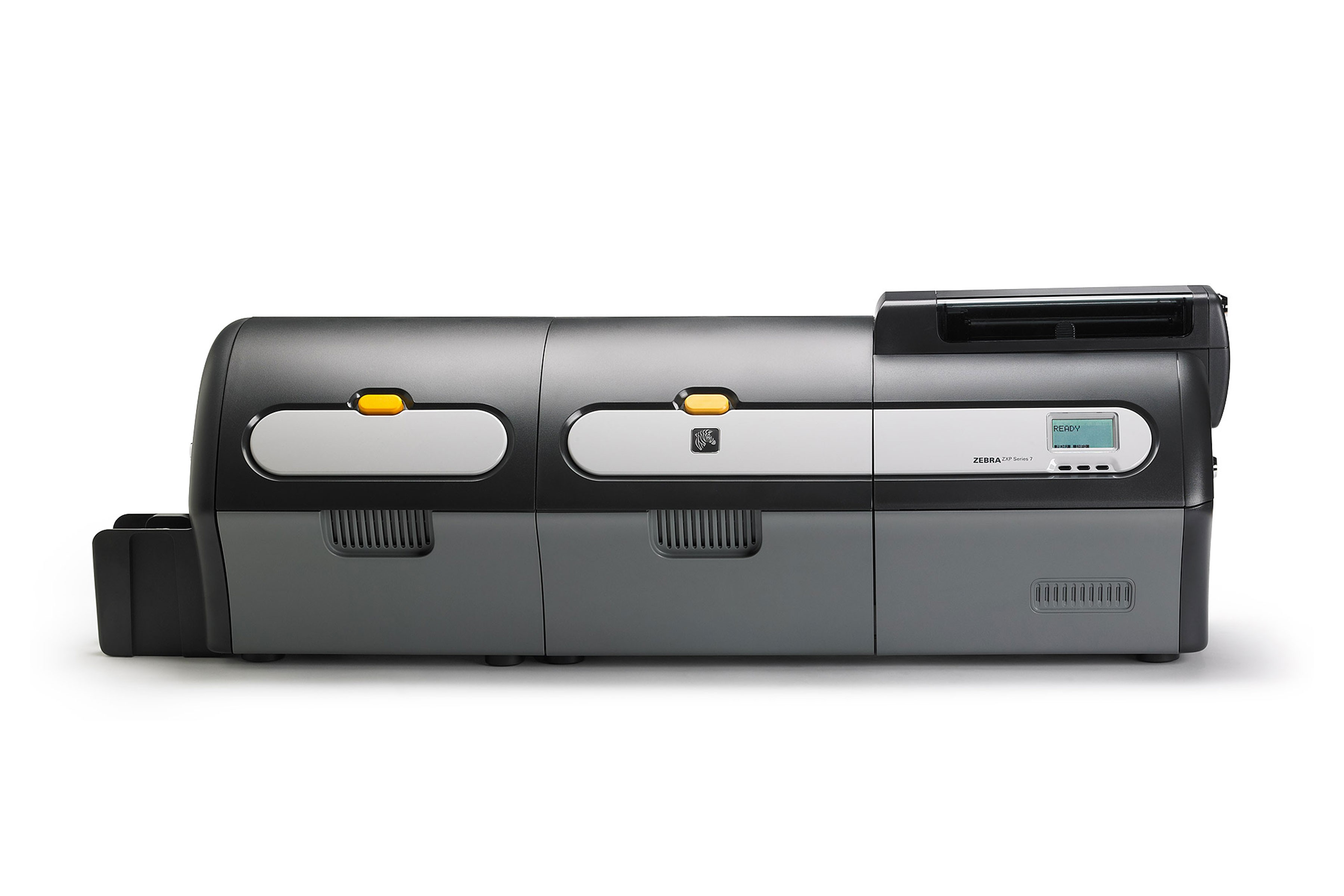
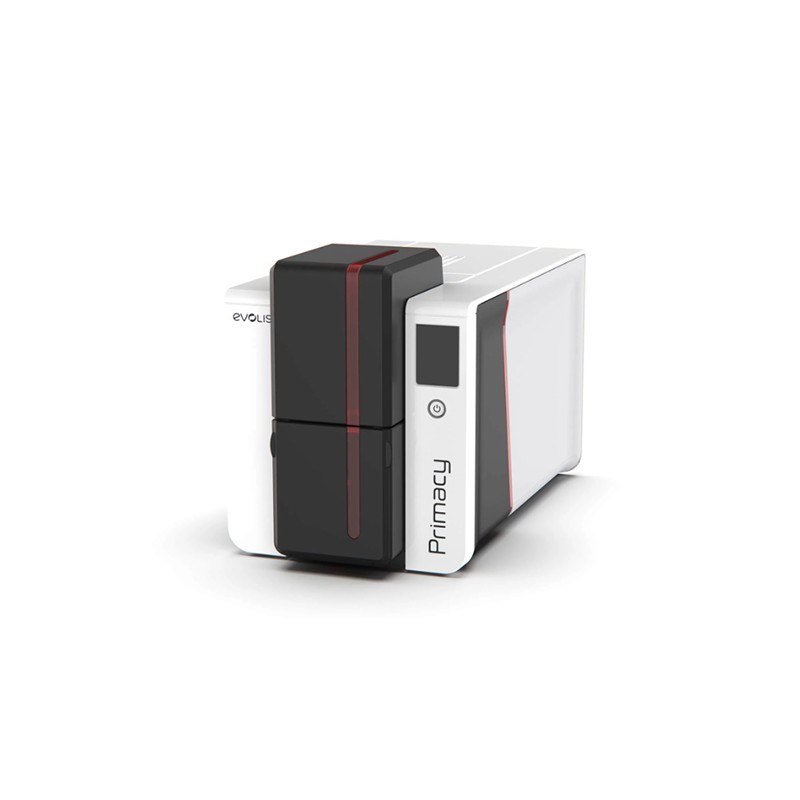
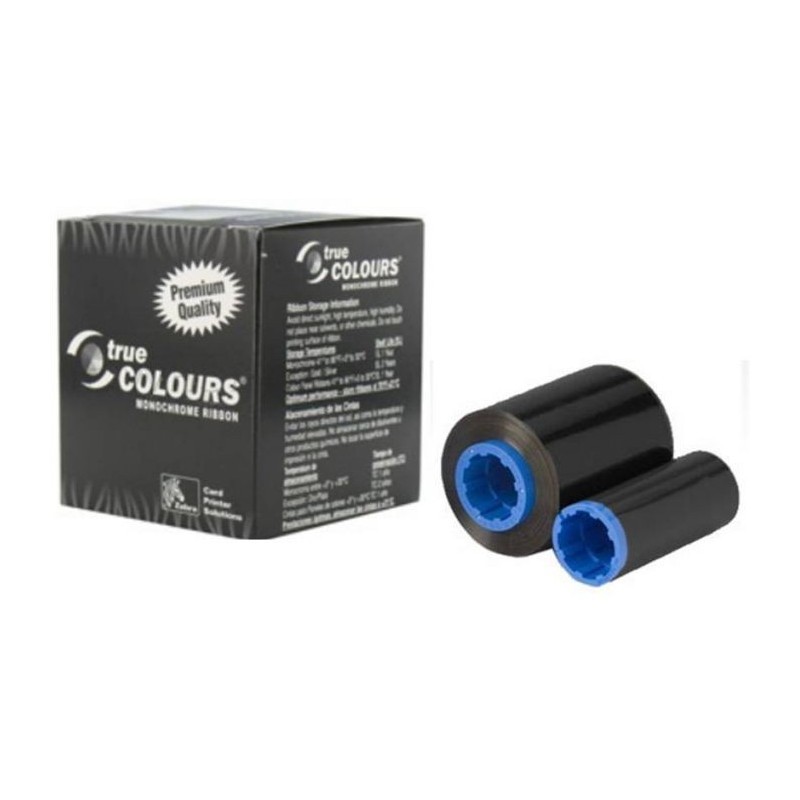
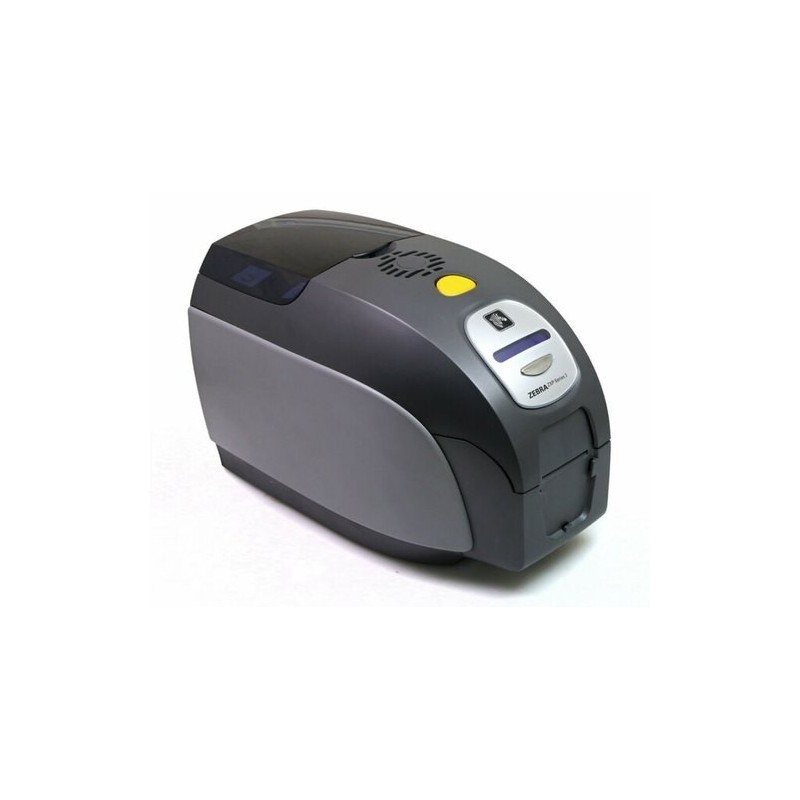
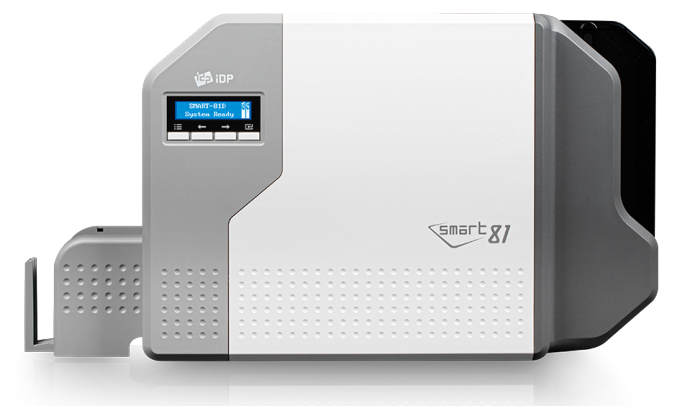
Leave a comment